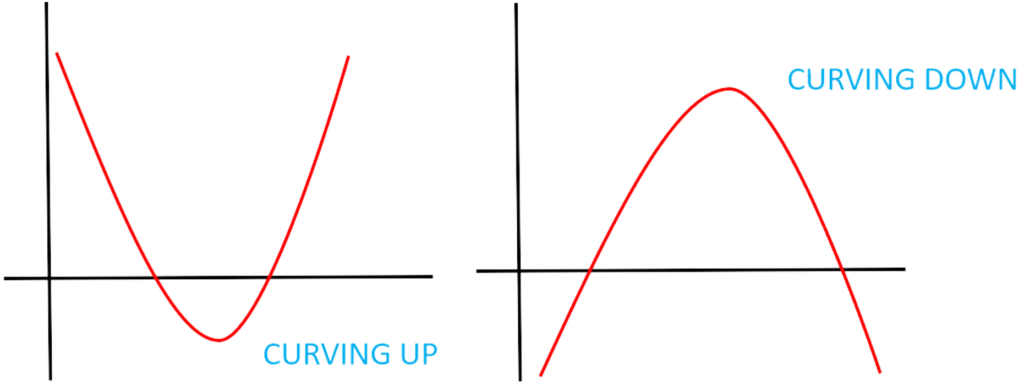Turning Point Quadratic Equation Calculator
Ever the values of “a” , “b” & “c” for the general quadratic equation ax2 + bx + c. The Calculator will give you the values of the Turning Point and Roots of the Quadratic Equation
Turning Point: (?, ?)
Roots: ?
Turning Point of a Quadratic Equation
What is Turning Point of Quadratic Equation?
- The turning point of a quadratic equation, also known as the vertex, is the point on the graph of the quadratic function where the graph changes direction.
- This point represents either the maximum or minimum value of the quadratic function, depending on the direction in which the parabola opens.
For a quadratic equation in the form
y=ax2+bx+c
, the turning point can be found using the formula:
where a, b, and c are constants, and x represents the variable. Quadratic equations often depict parabolic curves when graphed, showcasing a symmetrical arc that either opens upwards or downwards.
x=−b2a
- The x-coordinate of the turning point,
−b2a, is the axis of symmetry for the parabola.
- The y-coordinate,
f(−b2a), represents the maximum or minimum value of the quadratic function.
- If ‘a’ is positive, the parabola opens upward, and the turning point is the minimum.
- If ‘a’ is negative, the parabola opens downward, and the turning point is the maximum.
- The graph of quadratic equation represents a parabola, which can look something like this: curving either upward or downward

Our goal is to locate the turning point of this parabola.
- if your coefficient “a > 0”, then it represents the lowest point on the parabola, and if your coefficient “a < 0”, it represents the highest point of the parabola.
Thus we can say:
The turning point is a crucial concept when analyzing and graphing quadratic equations, as it provides information about the highest or lowest point on the parabolic curve.

